Kids start learning multiplication tables in 3rd grade and need to master it quickly. Every other subsequent year in math and science rely on using multiplication skills without error or taking lots of time to think about it. Most kids who struggle often are those who are slower to compute these basic math facts. It is not that they do not know them, but they have to use more mental energy and time to come up with the answers. If a kid has to think about what 5 x 8 is, he or she is behind.
Timed tests throughout K-12th grade will overtake and overwhelm a student who is slow to calculate their multiplication facts.
Table of Contents
What is multiplication actually?
Kids can spend hours memorizing their times tables, but if they do not understand what it is, this can lead to:
- confusion
- frustration
- reduced motivation (i.e. “why do I even need to do this?”)
- decreased self-confidence in math abilities
Easy Definition: Multiplication is “a fast way to add.”
Examples:
1) 2 x 3
This is the same as saying 2 groups of 3 things.
Group #1: 😎 😎 😎
Group #2: 😎 😎 😎
The total number of smiley faces in all the groups is 6. Therefore, 2 x 3 = 6!
2) 4 x 2
Now there are 4 groups of 2 things.
Group #1: 😎 😎
Group #2: 😎 😎
Group #3: 😎 😎
Group #4: 😎 😎
The total number of smiley faces in all the groups is 8. Therefore, 4 x 2 = 8!
3) 12 x 12
Now there are 12 groups of 12 things.
…I do not want to draw out that many smiley faces! Now is where my memorization of the times tables comes in handy. 12 x 12 = 144!
How to Memorize Multiplication Tables
Now that you know what multiplication is and how remembering the facts quickly is important, it is time to memorize them! Here are some helpful and fun steps to memorize your times table:
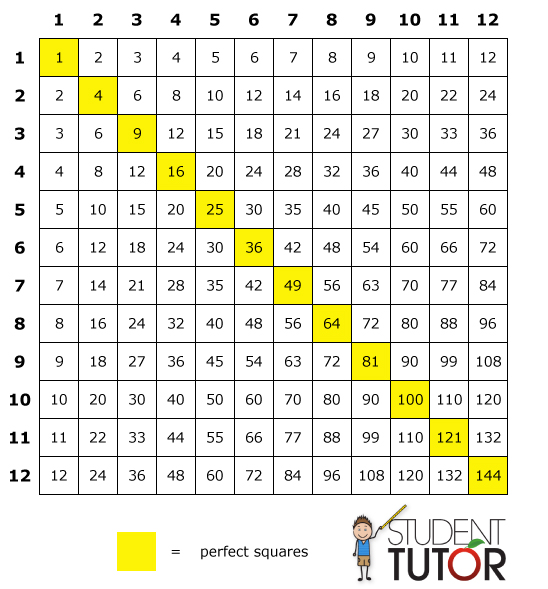
1. Familiarize your child with multiplication tables
Pressuring your child or your student to memorize the multiplication chart in just one sitting is just plain harsh. This is the reason why most students fail to learn how to multiply and even commit mistakes even though they are only dealing with single numbers. What we would suggest is you make the learning process fun and gradual. This way, they aren’t actively memorizing through simple repetition. Here are some strategies that work in studying the times table:
- Have Them Write a Multiplication Table. Before you ask your kid to memorize, you have to engage and maintain their interest in what you will teach. How can you do this? Instead of printing their own set of multiplication tables, buy or print a large poster and have them copy it to a piece of paper. Provide colors and markers that they can use in drawing the boxes and writing the numbers. This will make them feel more involved, so they will focus more on the activity.
- Ask Them to Recite a Multiplication Chart. Another effective way of teaching multiplication tables is by having your child recite all the numbers in a forward and backward manner. They do not have to read it fast, because this often leads to confusion. If in case there are other kids at home, you can ask them to pair up and recite the table to one another without looking at their paper.
- Teach Them How to Skip-count. Skip-counting is a fun and easy way to familiarize your kid to multiplication tables. The concept behind this is simple: count forward any number other than one. For example, skip-counting by 2 is 2, 4, 6, 8, 10, and so on. Meanwhile, skip-counting by 3 goes like this: 3, 6, 9. 12, 15, etc. To make this strategy more fun, you can have them recite it through a tune. This is a good way to encourage recall.
2. Train your child’s memory through different techniques
Through different activities, your kids are not only introduced to the concept of multiplication tables. They also store the information they learned in their long term memory which is the goal of all of these.
Several activities are proven to make learning multiplication tables easier. They are as follows:
- Chunking. Chunking is the process of memorizing the times table in chunks. Your child can start with the 5 times table. And once they already recite it without looking, have them memorize up to 9 x 5.
- Flashcards. Colorful flashcards are handy in showing kids how numbers double. Since flashcards are visually appealing, kids become more engaged in memorization.
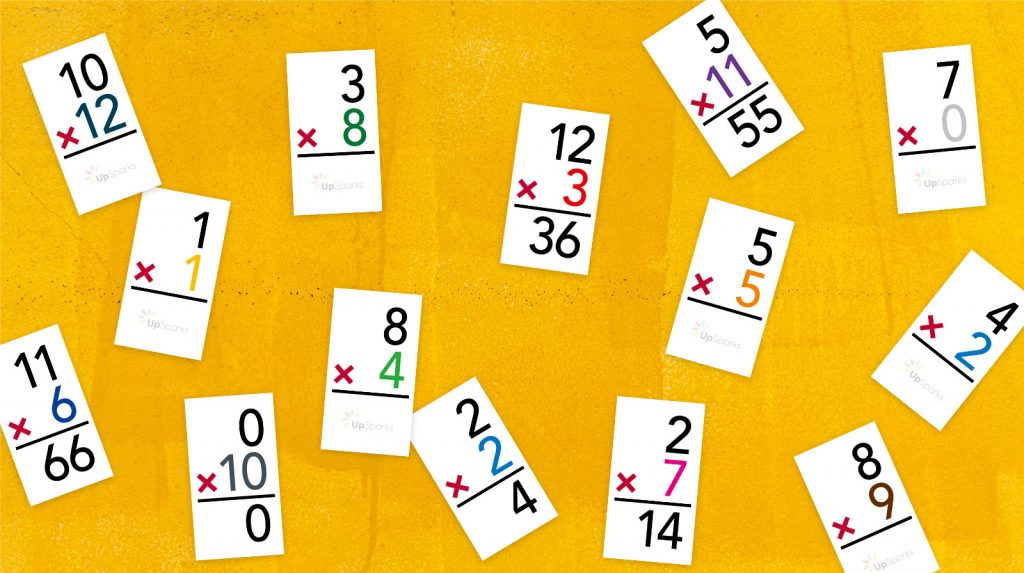
- Worksheets. Another interesting way to help kids memorize their multiplications tables is by using worksheets. There are tons of these on the internet so it is quite easy to find one. All you have to do is search carefully. You’ll even come across worksheets for pre-algebra and other advanced topics.
- Multiplication War Game. This is a simple game that your child can play together with his friends to memorize the times table. Here are the rules of playing this game:
– Use a deck of playing cards
– Divide the cards in half, facing down
– Each player flips over one card at the same time
– The first player to say the fact based on the cards turned over (e.g. a four and an eight = Say “28”) gets the cards
– The player who gets all the cards, wins!
* Allow kids to “cheat” off times table in beginning, if they need it
* Be amazed at how quickly kids learn their facts when playing this game on a regular basis. And they’ll have fun too!
3. Look for patterns
- Use a multiplication chart (or better yet, have your kids create one)
- Look carefully for patterns, duplications, repeats, and other interesting facts (for example: the diagonal down the middle shows perfect squares and 7X8 and 8X7 both = 56)
- Cover up boxes with a small piece of paper and quiz kids for what is beneath https://bestcasinocanadaonline.com/5-minimum-deposit-casinos-in-canada/
- Have kids count by 3s, 4s, 5s 6s, etc. and only look back at the table if they need a hint
4. Use reinforcements
There are also some ways to reinforce your child’s skill in memorizing multiplication tables. Below are some of the strategies that work:
- Multiplication songs. Let’s admit it, some kids learn faster through listening than watching or reading. This is why you should also play some multiplication songs available on Youtube to aid in their memorization of the multiplication chart. If you can’t find one that you think suits your child’s needs, you can always compose. Make sure to involve them during the process because this will make them more interested.
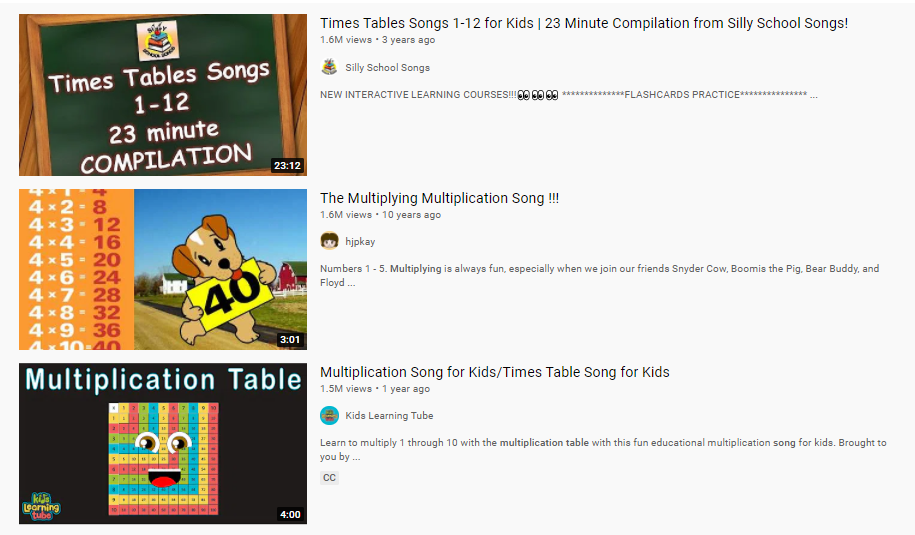
- Multiplication stories. I know you are finding it hard to believe us but multiplication stories actually exist. One good example of this is the book of Greg Tang entitled “The Best of Times.” This book will teach your child how to multiply without having to memorize their multiplication chart intensively. Some other books that might help are Cindy Neuschwander’s “Amanda Bean’s Amazing Dream” and Pam Calvert’s “Multiplying Menace.”
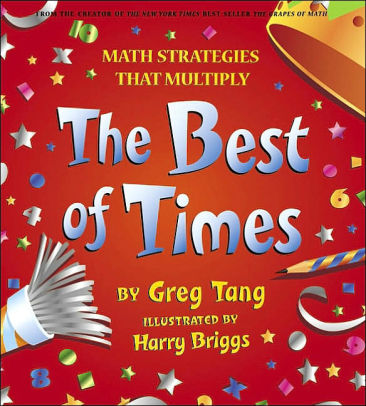
- Math websites. There are so many useful math websites on the internet that you can access to help teach multiplication tables to your child. In fact, we even wrote a separate article about that. We have listed 51 helpful math websites for both kids and students that you might want to check out. Also, you can search the app store for some educational apps for kids that will can help them with multiplication.
Tricks for Learning Multiplication Tables Fast
Not all children will find the steps we included above easy to accomplish. That’s why we also included some useful tricks in this guide to memorize the multiplication chart. Here are they:
The Times 2 Trick
This is easy. You just double (or add something to itself).
So 6 x 2 = 6 + 6 = 12
The Times 4 Trick
If you know how to double a number, this is easy. Just double a number and then double it again!
6 x 4 = (6 x 2) x 2 = (12) x 2 = 24
double #1 double #2
The Times 9 Trick
Here are the easy and fun steps:
1. Hold out your hands with your fingers spread out wide
2. For 9 x 3 bend your 3rd finger down. (9 x 4 = the 4th finger, 9 x 5 = the 5th finger, and so on)
3. You have 2 fingers in front of the bent finger and 7 after the bent finger
4. Thus 9 x 3 = 27
5. This works for 9 times anything up to 10!
The Times 11 Trick
For any number up to 9:
– Take number and just write it twice
Example: 11 x 3 = 33
Example: 11 x 4 = 44
Example: 11 x 5 = 55
For any two-digit number
– Take a number and write it with a space between the digits (Example: 11 x 15)
1 _ 5
– Add the digits together and put that number in the middle
1 + 5 = 6,
So, 1 _ 5 becomes 165.
11 x 15 = 165
Final Thoughts
Your child needs your guidance in learning their multiplication tables. The best thing you can do is to research ways to help them make the process of memorization easier. We hope that through reading this article, you have learned a thing or two that you can apply on the process of teaching them.
To recap, here are the four steps to memorize a multiplication chart:
- Familiarize your child with multiplication tables
- Train your child’s memory through different techniques
- Look for patterns
- Use reinforcements
Aside from teaching multiplication tables, you might also want to start teaching your kids some coding skills. Here are some articles by Student-tutor that can guide you:
Python for Kids: Tips, Tricks, and Platforms to Try
Computer Coding for Kids Made Easy by these 21 Products and Apps
Todd VanDuzer
Latest posts by Todd VanDuzer (see all)
- Why Finding the Right Thing to Study Matters: Setting the Foundation for Success - July 26, 2023
- How USA Staff Onboarding Benefits From Innovative Software - July 26, 2023
- Top 7 Best Reasons to Get an MBA - June 7, 2023
- How to Support Your Child When They Go to College - April 29, 2023
- How to Maximize Your Job Search with Expert Resume Writers Experienced in Your Field - April 20, 2023

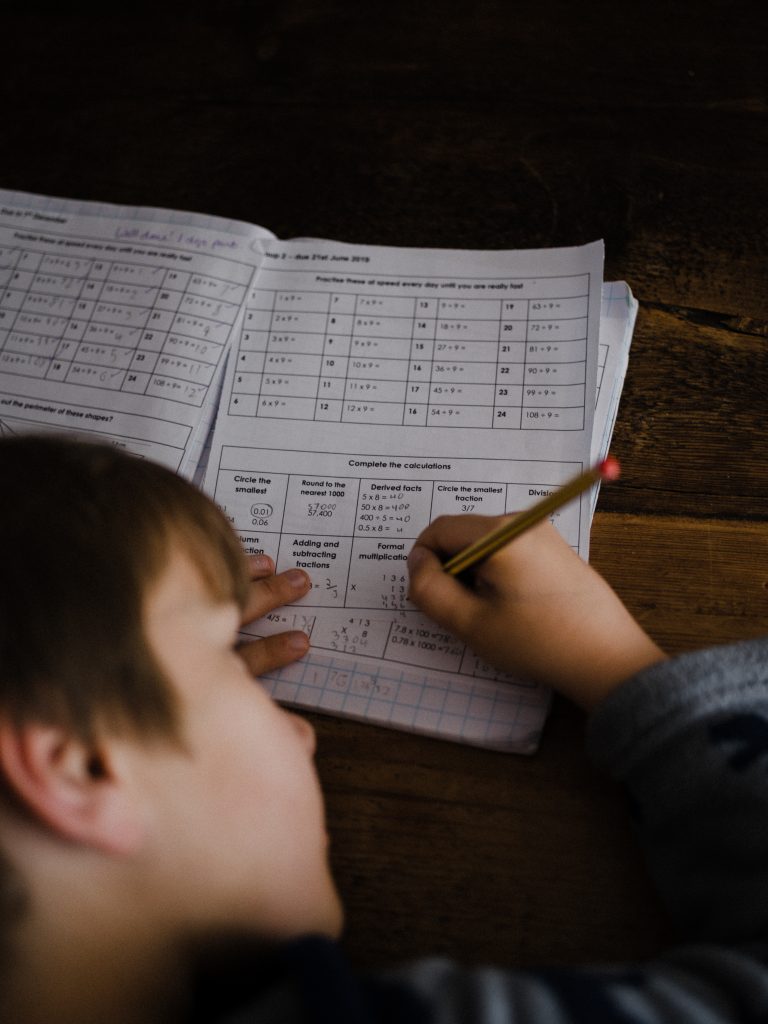
My daughter had a hard time learning the times table.
So I wrote an android application to assist her 🙂
Each exercise kids solve helps them to feed the cute panda.
You can get daily reminders to feed the panda (solve exercises) and kids get rewarded with trophies upon goals completion.
Using this application my daughter learned the whole times table without noticing 🙂
* Currently the application is only for Android phones *
https://goo.gl/9QutZx
Hello! To learn the times table it is often difficult to teach!
My daughter (8) teaches the multiplication table, and I attended the creation of a good
learning game motiviruschey for this:
https://play.google.com/store/apps/details?id=com.abcgamesoft.multiplytable
– what do you think about this?
Bob, thanks for sharing such a helpful resource!